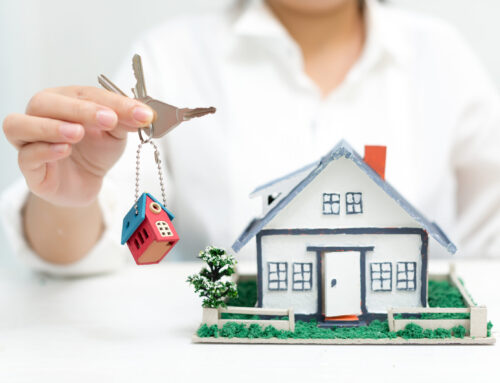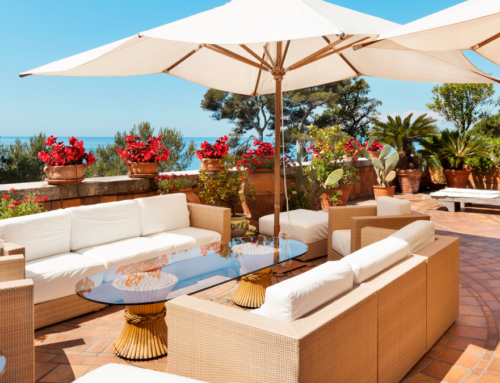Why do so many individuals opt to move to a residential community when it may be a complex, expensive, and time-consuming process? Individuals in residential communities geared for the elderly can help one another while dealing with sickness, mobility problems, and other aging-related difficulties. This post will take you through the top 10 factors influencing people’s decisions on whether to relocate, ranging from a room shortage to a residential community. Without further ado, let’s dive right in.
Theatrical Facilities
Individuals living in residential communities often have access to sporting and recreational facilities. They access fitness and dance classes, golf courses, tennis courts, swimming pools, and community leisure facilities. The community management group often maintains these facilities and offers residents various entertainment programs and social events.
Lower Traffic
Living in a residential community won’t have to deal with much road traffic moving to and coming from work. Besides, the environment is mainly made up of residents coming and going. In a quiet area, cycling and walking are enjoyable and secure activities. Golf carts are frequently the preferred mode of transportation for local trips in residential communities.
Decreased Solicitation
There are always a few solicitors when a guard or keypad regulates entrance through the gate. Only neighborhood kids attempting to sell Girl Scout cookies are likely to disturb you at your door, not pushy marketers or market researchers.
Higher Property Values
Properties in residential communities are typically more expensive than identical properties in non-residential areas for a combination of reasons (including construction requirements, architectural conformity, and exclusivity connected to restricted space). Due to their propensity to appreciate over time, homes tend to be suitable investments, even if they are more expensive.
Safe Children’s Play
A combination of factors makes residential communities safer for children to play in. Limited traffic and slower speeds make roads safer. Because of the sparsely populated environment, controlled access means you do not worry about strangers. Purpose-built facilities and play areas for kids aid in keeping them occupied and safe.
Exclusivity
Residential communities are exclusive and confer a particular level of social standing. You could even live next door to a famous person or movie star. Some neighborhoods have a standard runway and a hangar for each home.
Greater Domestic Standards
People in residential communities tend to take pleasure in their residences. Additionally, frequent regulations ensure that locals don’t let their houses or yards degenerate into chaos or put on strange outdoor exhibitions. The neighborhood’s roads, lawns, ponds, and plants are frequently well-kept and controlled.
Protective Measures
In the eyes of many, the primary benefits of living in a residential community are safety and security. The probability of experiencing crime or anti-social conduct from people outside the community significantly decreases when only residents and guests are let past the gates.
You won’t have to worry about your home or car being broken into while you’re on vacation for a month. Although they don’t prevent it, residential communities decrease crime, especially if there is a security person at the gate rather than merely a keypad access.
Privacy
There is a stronger sense of seclusion when there is a rigorously regulated entrance to the community and no through traffic. TennGolf courses, clubhouses, and swimming pools are just a few examples of community amenities that are all private. Most residential communities give the impression that outside forces may conduct daily activities unhindered. The Pace at Holding Village is your best choice if you’re looking for a remarkable home in a beautiful neighborhood.
A Feeling of Belonging
Neighborhood gatherings, sports, social gatherings, entertainment events, and educational organizations are frequently supported by residential communities. Making new acquaintances, finding activities day and night, and staying physically and socially active are all simple tasks.
What Are the Downsides?
These communities have certain benefits, but not everyone is a good match for them. Gated communities may be exclusive and relatively homogeneous, after all. Considering the drawbacks not included in this post is crucial before joining one.
Bottom Line
The applicable HOA (homeowner association), not the county or local government, is in charge of the relevant residential community’s streets and walkways, which are privately owned. The public cannot utilize the resources inside without the property owners’ or the property management’s authorization.




